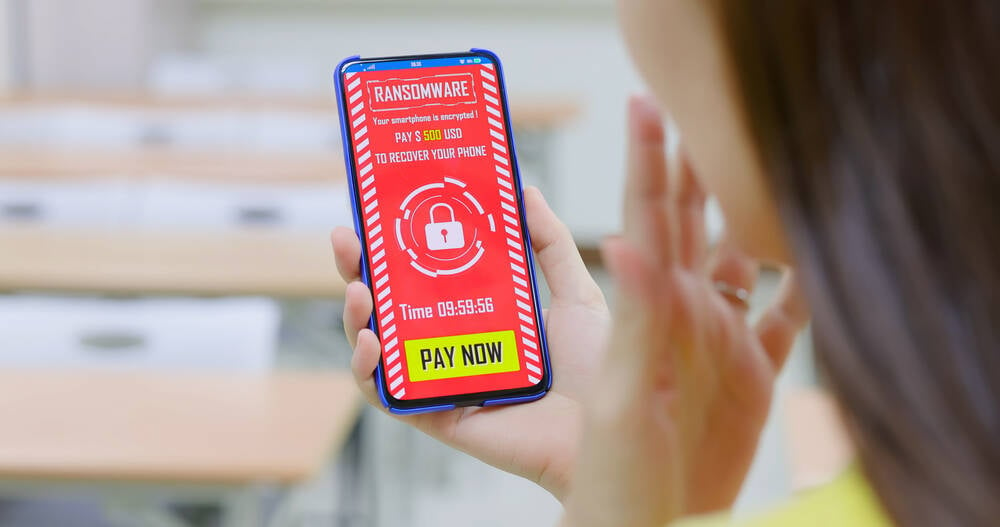
October 13, 2024 at 09:09AM
The education sector is increasingly targeted by cyber attackers due to its sensitive data and vulnerable IT environments. Schools face average weekly attacks and require robust security measures, including user education on best practices like multifactor authentication, to mitigate risks from hacking, phishing, and other threats from groups like Iran and North Korea.
### Meeting Notes Takeaways:
1. **Venn Diagram of Information Security**:
– Overlap between “sensitive info sought by attackers” and “limited resources in IT environments” highlights the critical need for education in cybersecurity.
2. **Sensitive Data in Education**:
– Educational institutions (K-12 and higher education) handle sensitive data: health records, minors’ information, financial data, proprietary research, and AI training models.
3. **User Diversity**:
– Network users include a wide range of individuals: from young students to professors, staff members, and visitors.
4. **Cyber Threat Landscape**:
– Educational facilities face an average of 2,507 cyber threats weekly, targeted by various attackers, including nation-states like Iran and North Korea.
5. **Revenue and Resource Challenges**:
– The education sector is reported as the third most targeted industry, suffering from understaffing and underfunding in IT and security.
6. **Types of Cyber Threats**:
– Common threats include malware, phishing, data theft, and vulnerabilities in Internet of Things (IoT) devices.
7. **Ransomware Targeting**:
– Education is equally targeted by ransomware as sectors like retail, healthcare, and telecommunications (approximately 11% of attacks).
8. **Specific Threat Actors**:
– Iranian groups (e.g., Peach Sandstorm, Mint Sandstorm) and North Korean groups (e.g., Emerald Sleet, Moonstone Sleet) engage in sophisticated cyber attacks, including phishing and creating fake scenarios for data theft.
9. **QR Code Exploitation**:
– Malicious QR codes are increasingly utilized to gain unauthorized access; over 15,000 malicious code messages were reported daily targeting the education sector.
10. **Espionage Risks**:
– Universities engaging in research tied to defense and high-value projects face significant espionage threats; compromised access to academic credentials can be leveraged for attacking higher-value targets.
11. **Security Recommendations**:
– Importance of user education regarding cybersecurity best practices.
– Implementation of multifactor authentication (MFA) can reduce account compromise risks by over 99.9%.
– Adoption of protective domain name services can further mitigate risks from malicious sites.
These takeaways highlight the urgent need for enhanced cybersecurity measures and user education within the education sector to mitigate ongoing threats.